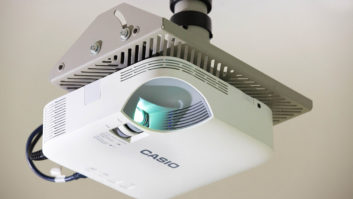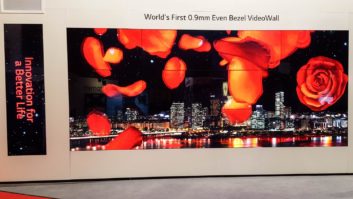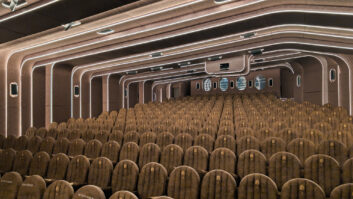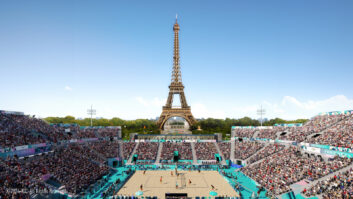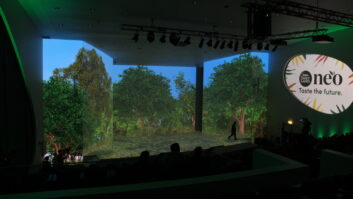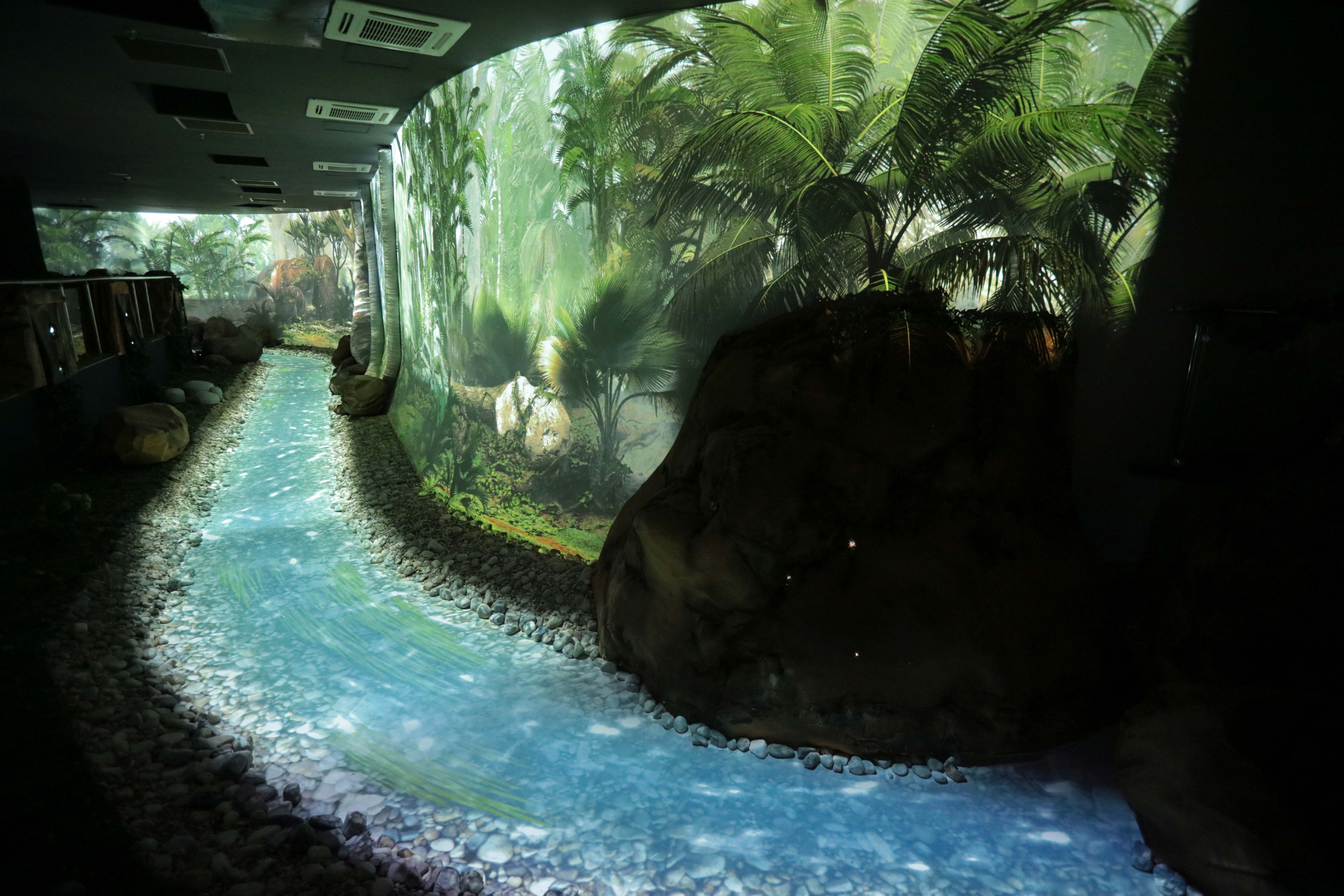
I was recently asked to recommend a projector for a friend who had grown tired of what he sees as the ‘small’ OLED on offer (77in is the current popular maximum). While I obviously had one or two residential projectors in mind – has the market ever had as many awesome projection solutions? – I was reminded of a conversation I had at this year’s ISE with the team from Canon, while I was judging their WUX7000Z laser projector for the Installation Best of Show awards.
I had remarked that, quite apart from being an incredible pro AV projector, the 7,000-lumen WUX7000Z would make one hell of a domestic solution too. Plus, it can beam images up to 600in – big enough even for my discerning friend!
Ultimately, although the WUX7000Z will remain a commercial rather than residential offering, it was interesting to me how the lines between what constitutes a home and business solution are perhaps blurring as the quality bar gets raised again and again.
Projection possibilities
In the commercial space, projection allows for the display of huge images without the need to build an LED wall (and without bezels or joins). Projectors deliver high-impact, high-definition, large-format images, and can even be edge-blended to create even bigger solutions – multi-sided if required – and projected onto curved surfaces. With projectors, you can map objects and create endless shapes.
Projection is certainly the most cost-effective way of producing large screen solutions – important when budget has such a big part to play in the decision-making process. But the arrival of laser has provided another reason for choosing projection over other display alternatives.
While natural light can be a problem, compared with LED for instance, projectors shine in controlled light environments and light isn’t a problem for some applications and in some sectors. And now, laser is here to make light less of a problem.
Laser projection allows for 25,000 lumens, and there are developments in resolution with 4K canvases, which broadens the demand for projectors in high ambient light environments. As laser continues to develop, additional benefits will widen its appeal further, but it is currently very popular in large venues, auditoriums and education facilities, where long-life solutions are essential.
“As laser continues to develop, additional benefits will widen its appeal further”
Laser eradicates frequent bulb changes – always a pain – and curtails the decrease in light output seen in other projector technologies. Thanks to laser, projection can produce a brighter image, over a longer period of time, without changing lamps.
Available sources
There are currently three main laser light source technologies available – RGB, phosphor and RB – each boasting different strengths and advantages for different requirements. The latest, RB laser, has obvious advantages over the others and is set to dominate going forward. With low initial costs when compared to RGB laser, RB also delivers higher brightness and wider colour palettes compared to laser phosphor.
The future for commercial projectors is smaller, brighter and higher: compact designs (see Canon’s award winner), higher brightness levels and higher resolutions. And almost certainly laser.
Increasingly, in the visitor attraction and live event sectors in particular, end-users want to engage with a brand, and create a personal connection with what they’re seeing. Projectors are perfect for this, and it’s their immersive nature that appeals most: it’s all about user experience.
Ultimately projection technology will only continue to improve – for both residential and commercial use – giving both AV professionals and consumers a headache when it comes to whether they choose projection or its flat panel alternative. Horses for courses, yes, but increasingly, at home and in the commercial environment, people are looking to projection – if not as first choice, then as a complementary alternative.
At this year’s record-breaking (as usual) ISE, over 40% of channel visitors (32,369) cited projection as a technology of interest. As 20% also cited home cinema, it’s a fair assumption that approximately half of these channel visitors were looking at projectors for commercial applications and the other half for residential. Whether or not these areas of interest begin to converge in years to come remains to be seen, but it’ll be a surprise if there aren’t more attendees citing projection as a technology of interest in 2019.
